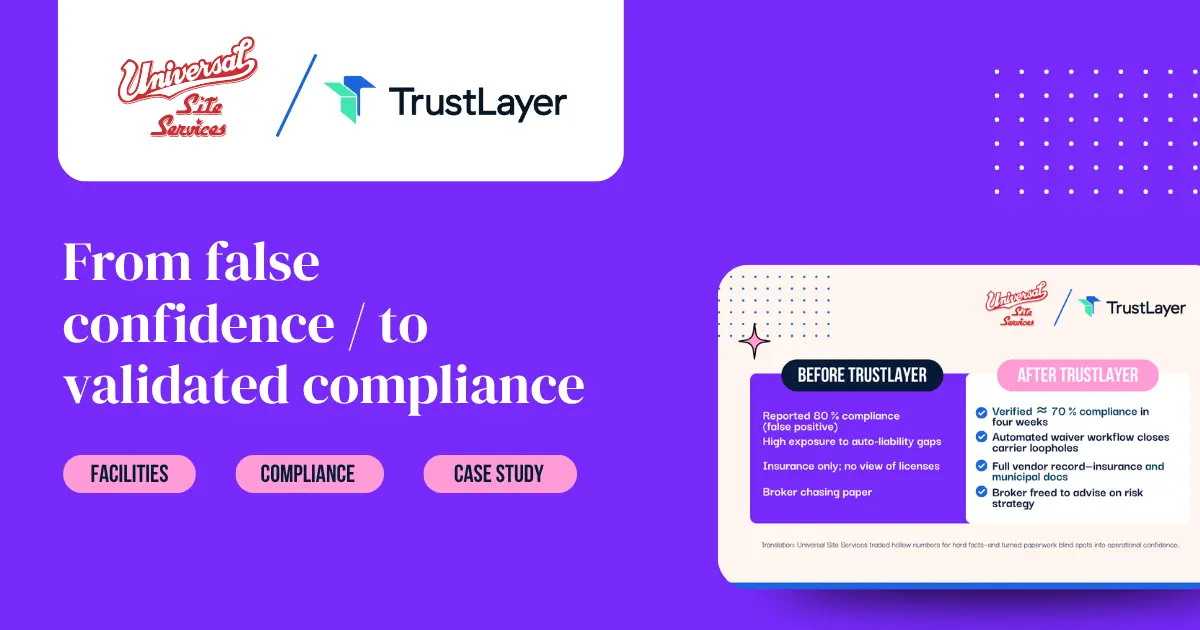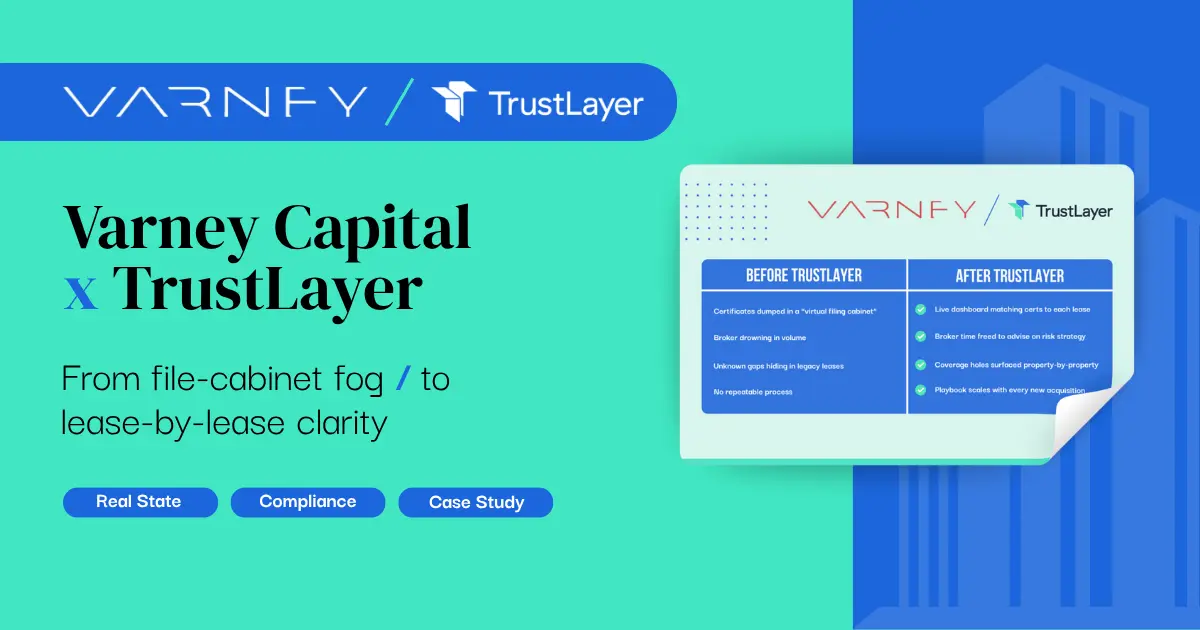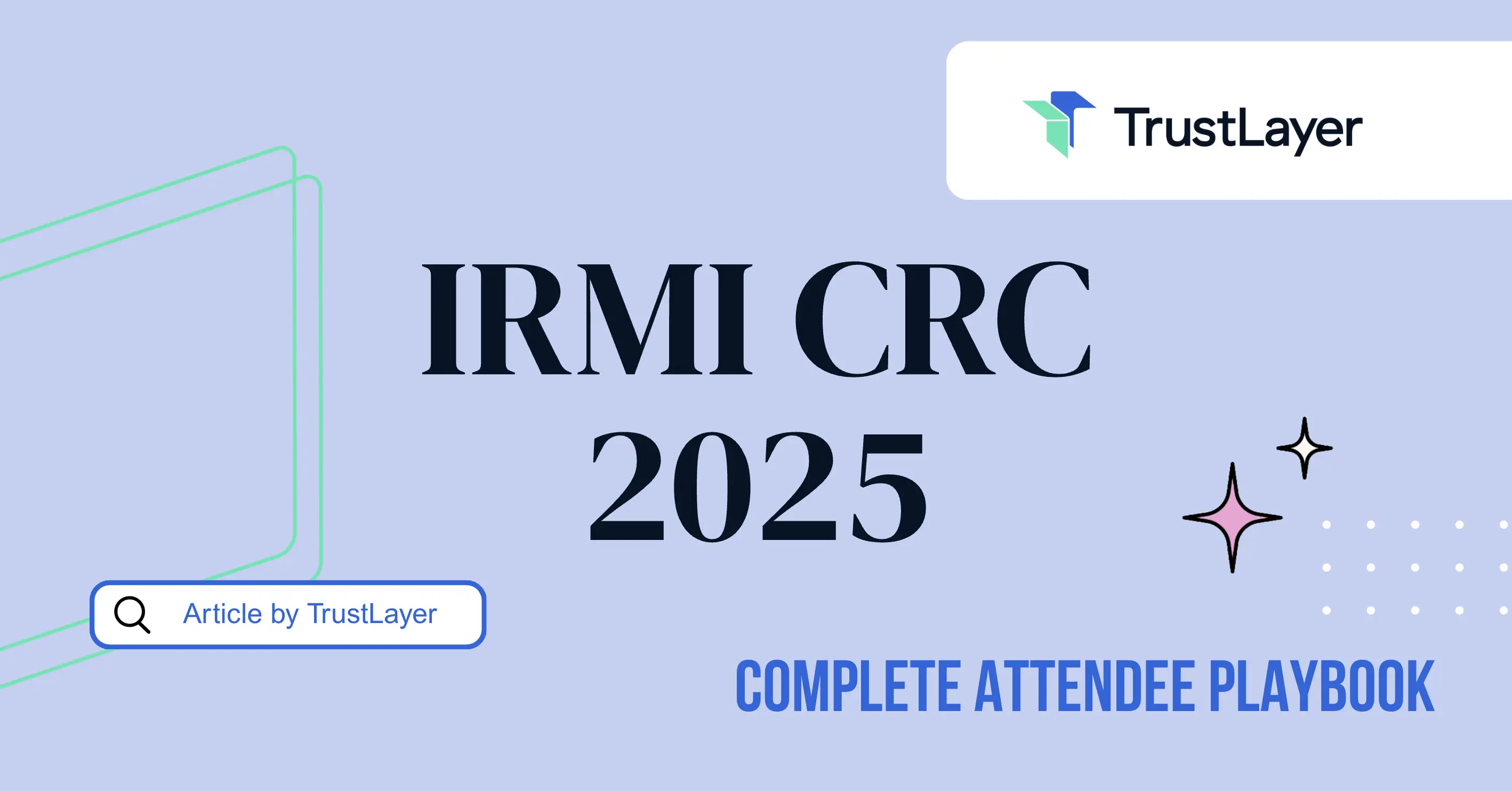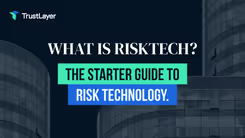How to Read a Certificate of Insurance

A Certificate of Insurance (COI) is a crucial document in the world of business and risk management. It serves as proof that an individual or organization has insurance coverage. Understanding how to read a Certificate of Insurance (COI) is essential for anyone involved in contractual agreements, whether you're a business owner, contractor, or simply someone looking to ensure their interests are protected. This article will guide you through the various components of a Certificate of Insurance (COI), helping you decipher its contents with ease.
Understanding the Basics of a Certificate of Insurance
Before diving into the specifics, it’s essential to grasp what a Certificate of Insurance is. Essentially, it is a summary of insurance coverage provided by an insurer. It outlines the types of insurance policies in place, the coverage limits, and the effective dates of the policies. While it does not provide the full details of the insurance policy itself, it serves as a quick reference for verifying coverage. This document can be crucial in various situations, as it provides a snapshot of the insurance status without requiring parties to sift through lengthy policy documents.
What is a Certificate of Insurance?
A Certificate of Insurance is a document issued by an insurance company or broker that provides evidence of insurance coverage. It includes key information about the insured party, the types of coverage they have, and any relevant policy limits. This document is often required in various business transactions, such as leasing agreements, contractor work, or when entering into partnerships. Additionally, it may include information about additional insured parties, which can be particularly important in complex business arrangements involving multiple stakeholders.
Why is a COI Important?
The importance of a Certificate of Insurance cannot be overstated. It serves as a protective measure for both parties involved in a contract. For example, if a contractor is hired to perform work on a property, the property owner may request a Certificate of Insurance (COI) to ensure that the contractor has adequate insurance coverage in the event of accidents or damages. This not only protects the property owner but also establishes trust between the parties. Furthermore, having a Certificate of Insurance (COI) can streamline the process of securing contracts, as it demonstrates professionalism and preparedness on the part of the insured, potentially giving them a competitive edge in their industry.
Moreover, understanding the nuances of a Certificate of Insurance can help businesses avoid potential legal issues. In many cases, failure to provide a valid Certificate of Insurance (COI) when required can lead to contract disputes or even financial losses. For instance, if an incident occurs and the contractor lacks appropriate coverage, the property owner may find themselves liable for damages. Thus, it is essential for both parties to not only request a Certificate of Insurance (COI) but also to review it carefully to ensure that all necessary coverages are in place and that the document is up to date. This proactive approach can safeguard against unforeseen liabilities and foster a more secure business environment.
Key Components of a Certificate of Insurance
A Certificate of Insurance contains several key components that provide critical information about the insurance coverage. Understanding these components is crucial for accurately interpreting the document.
Insured Party Information
The first section of a Certificate of Insurance (COI) typically includes the name and address of the insured party. This identifies who is covered under the insurance policy. It’s essential to ensure that the name matches the legal name of the business or individual involved in the contract. Any discrepancies could lead to complications in the event of a claim. Additionally, this section may also include the insured's business structure, such as whether they are a sole proprietorship, partnership, or corporation, which can influence liability and coverage options.
Insurance Company Details
Next, the Certificate will list the insurance company or companies providing coverage. This section often includes the name of the insurer, their address, and contact information. Knowing the insurer is essential, as it allows the other party to verify the legitimacy of the coverage and to contact the insurer if necessary. Furthermore, this part may also indicate the insurer's financial stability ratings, which can provide insight into their ability to pay out claims. A well-rated insurer can offer peace of mind, ensuring that the coverage is not only valid but also reliable in times of need.
Types of Coverage
One of the most critical sections of a Certificate of Insurance (COI) is the types of coverage it provides. This will typically include general liability, auto liability, workers' compensation, and any other relevant policies. Each type of coverage will be accompanied by its respective limits, indicating the maximum amount the insurer will pay in the event of a claim. Understanding these details helps assess whether the coverage is adequate for the specific risks involved in the contract. Additionally, it is important to note any exclusions or limitations that may apply to the coverage. For instance, certain high-risk activities might not be covered under a standard policy, and knowing these specifics can help both parties manage their expectations and responsibilities effectively. Moreover, some certificates may also include endorsements that modify the coverage terms, providing further customization to meet the unique needs of the insured party.
Decoding Coverage Limits and Policy Dates
When reviewing a Certificate of Insurance, it’s essential to pay close attention to coverage limits and policy dates. These elements can significantly impact the level of protection afforded to the parties involved.
Coverage Limits Explained
Coverage limits refer to the maximum amount an insurer will pay for a covered loss. These limits can vary widely depending on the type of insurance. For instance, a general liability policy may have a limit of $1 million per occurrence, while a workers' compensation policy may have different stipulations. It’s crucial to ensure that the limits are adequate for the potential risks associated with the work being performed. Additionally, understanding the nuances of aggregate limits is essential; these limits represent the maximum amount the insurer will pay for all claims during a policy period. If a business frequently engages in high-risk activities, it may need to negotiate higher limits or consider additional coverage options to ensure comprehensive protection.
Effective and Expiration Dates
Every Certificate of Insurance will include effective dates and expiration dates for each policy listed. The effective date indicates when the coverage begins, while the expiration date shows when the coverage ends. It’s vital to ensure that the coverage is active for the duration of the contract. If the COI shows that a policy has expired, it may indicate a lapse in coverage, which could pose significant risks. Furthermore, it's advisable to keep track of renewal dates and to communicate with the insurer well in advance to avoid any gaps in coverage. Some policies may also include a grace period after expiration, but relying on this can be risky. Regularly reviewing and updating the Certificate of Insurance ensures that all parties are protected and that the contract's terms are fully met, fostering trust and transparency in business relationships.
Additional Features of a Certificate of Insurance
In addition to the primary components, several other features may be included in a Certificate of Insurance. These elements can provide further assurance and clarity regarding the coverage.
Additional Insured Status
Some Certificates of Insurance may include a section that lists additional insured parties. This means that other individuals or entities are also covered under the policy. For example, a contractor may list a property owner as an additional insured to protect them from potential liabilities arising from the contractor's work. Understanding this aspect is crucial for ensuring that all relevant parties are adequately protected. This feature is particularly significant in industries such as construction, where multiple stakeholders are involved and the risk of accidents or damage is heightened. By having additional insured status, the property owner can have peace of mind knowing that they are shielded from claims related to the contractor's operations, thus fostering a more collaborative and secure working environment.
Waivers of Subrogation
A waiver of subrogation is a clause that prevents the insurance company from pursuing a claim against a third party after it has paid a claim. This can be beneficial in certain contractual relationships, as it protects both parties from future legal disputes. If this clause is included in the COI, it’s essential to understand its implications for liability and risk management. For instance, in a lease agreement, a landlord may require a tenant to include a waiver of subrogation, ensuring that if damages occur, neither party can seek reimbursement from the other’s insurance. This not only simplifies the claims process but also promotes a more amicable relationship between the parties involved, as it minimizes the potential for blame and fosters a spirit of cooperation. However, it is vital for all parties to carefully review the terms of the waiver to ensure that they are comfortable with the level of risk they are assuming.
Policy Limits and Coverage Types
Another significant feature that can be included in a Certificate of Insurance is a detailed outline of the policy limits and types of coverage provided. This section clarifies the maximum amount that the insurance company will pay for various types of claims, including general liability, workers' compensation, and professional liability. Understanding these limits is crucial for businesses to determine whether they have sufficient coverage for their operations. For example, a company engaged in high-risk activities may require higher limits to protect against potential losses. Additionally, the specific types of coverage listed can help stakeholders identify any gaps in protection and make informed decisions about purchasing additional policies or endorsements to effectively mitigate risks.
Common Mistakes to Avoid When Reviewing a COI
While reading a Certificate of Insurance may seem straightforward, there are common pitfalls that individuals and businesses should be aware of. Avoiding these mistakes can help ensure that the coverage is sufficient and appropriate for the situation.
Overlooking Expiration Dates
One of the most common mistakes is failing to check the expiration dates of the coverage. If a Certificate of Insurance (COI) indicates that a policy is set to expire before the contract’s completion, it could leave one party vulnerable to risks. Always verify that the coverage will remain in effect for the entire duration of the agreement. Additionally, it’s wise to keep a calendar reminder for renewal dates, as policies can sometimes lapse unexpectedly due to non-payment or other administrative issues. This proactive approach can safeguard against potential gaps in coverage that could arise during critical phases of a project.
Assuming All Coverage is Adequate
Another frequent error is assuming that the coverage limits are adequate without conducting a thorough review. Each situation is unique, and the risks involved may require higher coverage limits than what is provided. It’s essential to assess the specific needs of the project or contract and ensure that the COI reflects appropriate coverage. For example, industries such as construction or healthcare may face higher liability risks, necessitating more comprehensive insurance coverage. Engaging with an insurance professional can provide valuable insights into the necessary coverage levels and help tailor the policy to meet the specific requirements of the job at hand, ensuring that all parties are adequately protected against unforeseen events.
Best Practices for Requesting a Certificate of Insurance
When it comes to obtaining a Certificate of Insurance, following best practices can streamline the process and ensure that the necessary coverage is in place.
Be Specific in Your Request
When requesting a Certificate of Insurance (COI), it’s essential to be specific about what you need. Clearly outline the types of coverage required, the necessary limits, and any additional insured parties. This clarity will help the insurer provide the appropriate documentation and avoid any misunderstandings.
Request Updates Regularly
Insurance coverage can change over time, so it’s wise to request updated Certificates of Insurance regularly. This is especially important for long-term contracts or projects that may extend over several months or years. Regular updates ensure that all parties remain protected and that the coverage is still valid.
Conclusion: The Importance of Understanding COIs
In conclusion, understanding how to read a Certificate of Insurance is an essential skill for anyone involved in business transactions. A Certificate of Insurance (COI) serves as a vital tool for verifying insurance coverage and protecting against potential risks. By familiarizing oneself with the key components, coverage limits, and best practices for requesting a Certificate of Insurance (COI), individuals and businesses can navigate contracts with greater confidence and security.
Ultimately, the goal is to ensure that all parties involved are adequately protected and that the contract's terms are met without unforeseen complications. Taking the time to understand a Certificate of Insurance can save time, money, and potential legal issues in the long run.
Ready to elevate your risk management strategy and streamline your COI processes? TrustLayer is your solution. As the best-in-class certificate of insurance tracker, we're dedicated to simplifying the verification of compliance documents. Say goodbye to the administrative burden of manual document collection and embrace the efficiency of automation with TrustLayer. Join the hundreds of thousands of companies that have already transformed their vendor document management and COI tracking. It's time to move forward with a tool built for the modern risk manager, by people who deeply understand the importance of risk management. Set up a time to talk with our team and discover how TrustLayer can make a difference in your business today.
















